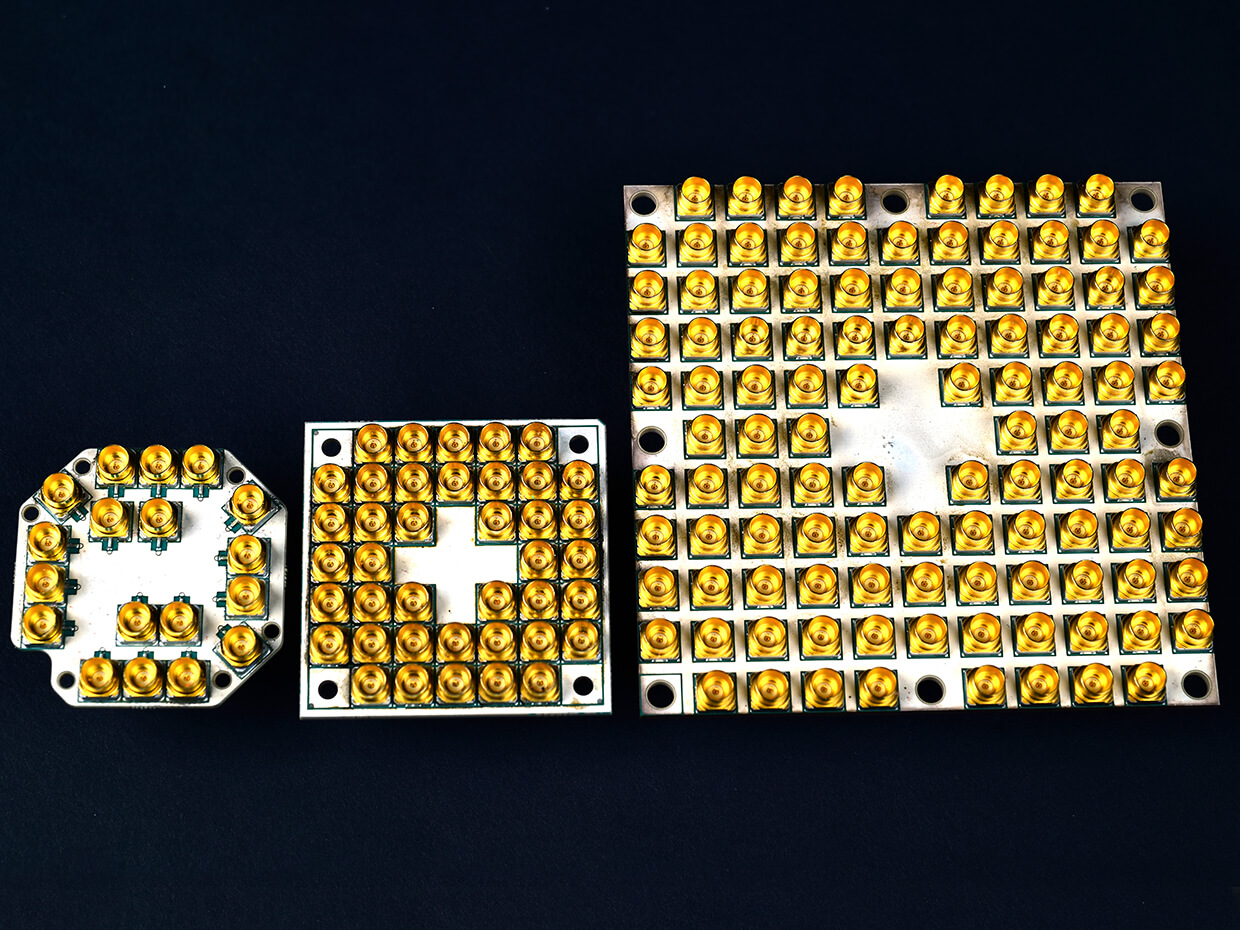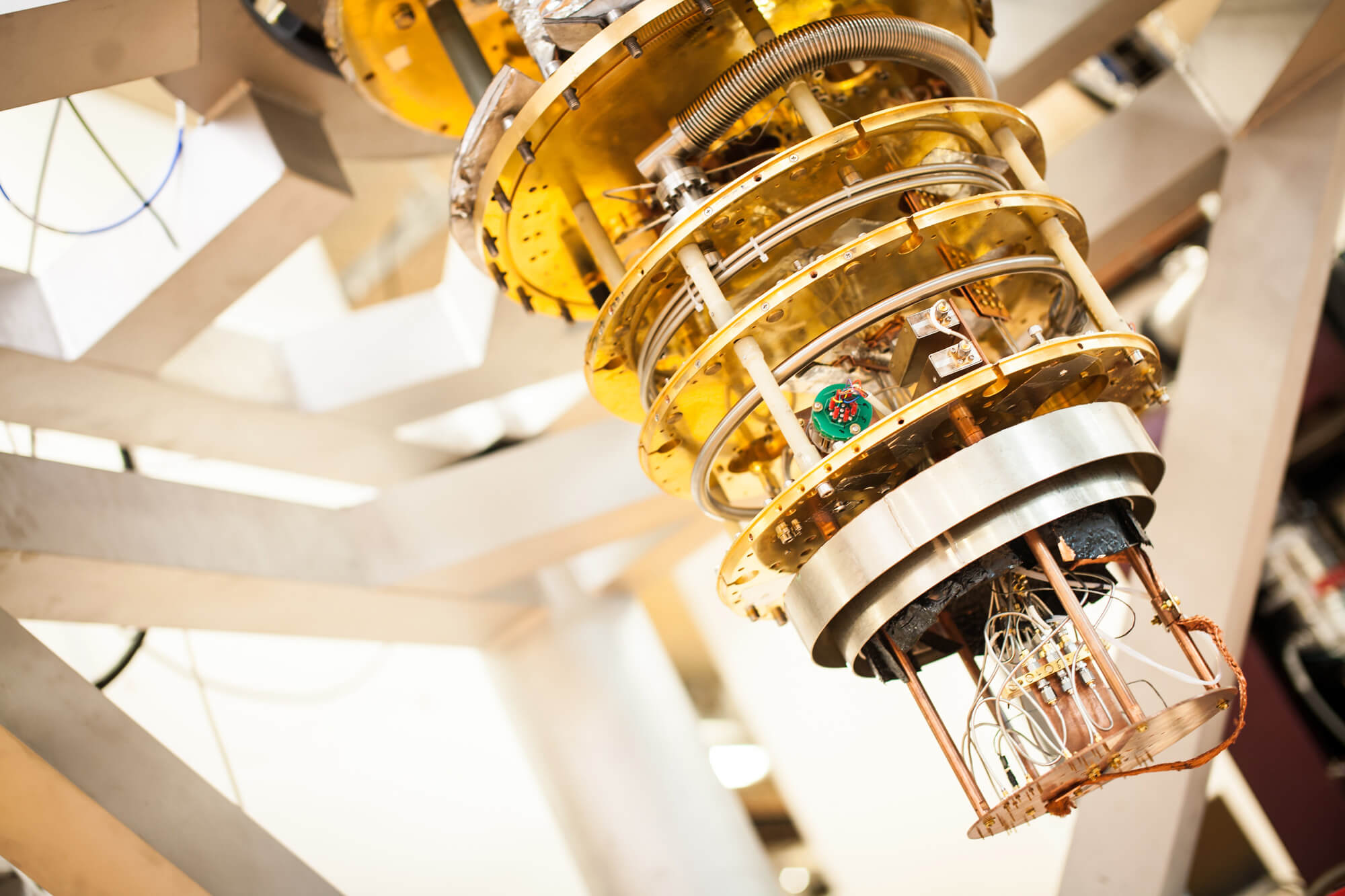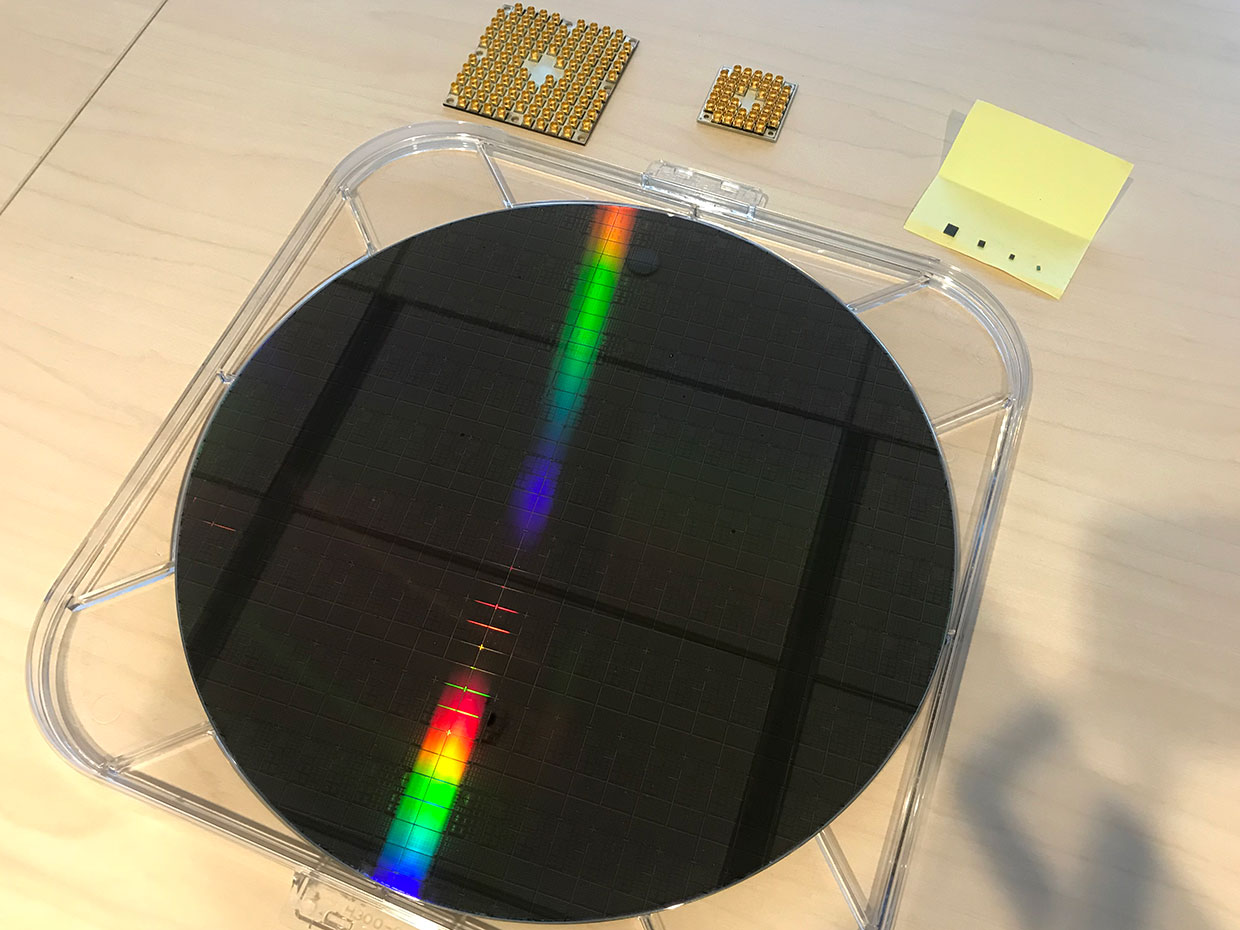Why it matters: Mass production of quantum compute devices could fundamentally change how we look at traditional silicon. Although not necessarily a replacement for conventional hardware, quantum technologies allow for many difficult problems to be solved that would otherwise be impossible to comprehend.
Last year, Intel was able to take a few steps forward towards the commercialization of quantum computing. A 17-qubit superconducting chip was built followed by CEO Brian Krzanich showing off a test chip at CES 2018 with 49 qubits.
Unlike previous quantum efforts at Intel, this latest batch of wafers are focusing on spin qubits instead of superconducting qubits. This secondary technology is still a few years behind superconducting quantum efforts but could turn out to be more easily scalable.
Moving forward, Intel now has the capability to produce up to five silicon wafers every week containing up to 26-qubit quantum chips. This achievement means that Intel has greatly increased the number of quantum devices in existence and could be looking to increase the number of qubits steadily in the coming years.

An interview with Intel's director of quantum hardware Jim Clarke reveals that the current technology being used in small scale production could eventually scale to beyond 1000 qubits. Limitations due to expansion and shrinking as a result of temperature fluctuations prevent engineers from simply expanding the number of qubits on a chip.
Currently, each wafer is made up of quantum dots that must be carefully sliced such that each chip ends up with an appropriate number of qubits. Due to imperfections and physical limitations, finished chips can end up with 3, 7, 11, or 26 qubits.
No matter which type of quantum computing reigns supreme, Intel is aiming to build an architecture that can scale in excess of 1 million qubits. This would allow for the same basic structure to be used but with improved qubits overtime without having to go back to square one each time a new quantum breakthrough is made.

According to Clarke, "it's not unreasonable in 5 years to have 1000 qubits." He draws a comparison to the time between the world's first integrated circuit and Intel's 4004 processor that contained just 2,500 transistors. In terms of quantum technology, imagine being in the 1960s again. Clarke believes that Intel could reach 1 million qubits in as little as 10 years, but says that he might be a little optimistic in that regard.
One of the challenges yet to be addressed is the extreme cold temperatures required to operate quantum processors. Since temperatures need to be kept as close to absolute zero as possible, the capabilities of a quantum computer need to be far greater than traditional silicon in order to make them cost effective. Individually, quantum processors are not energy efficient in the slightest but have the potential to exponentially increase their output. Over time as technologies progress, their usefulness will quickly increase.
What Intel and competitors will achieve over the next decade will only be understood over time. In the same way that Moore's law has impacted our society, quantum computing has the ability to be one of the next fundamental changes in how we look at computing.
